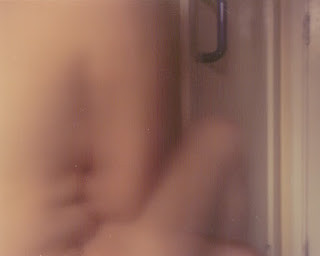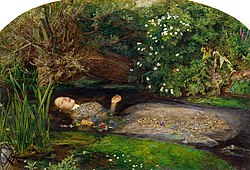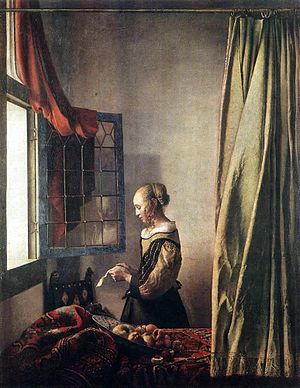Whilst at the Arnolfini gallerey we also saw a series of works by Shilpa Gupta. The first being 'Someone Else' a collection of steel cast books, the books have been selected due to the author, they're all authors who used a pseudonym, or wrote anonymously. The books contain their origonal titles, but then the reason for the authors anonymity.
 |
| Shilpa Gupta - Singing Cloud |
This is the second piece of work on display, 'Singing Cloud'. It's an installation piece, made of 4000 microphones, but rather than the mics picking up the sound, they're emitting audio. The track made up of fragments of speech, designed to sound like singing.
I
This next work was in the same room as 'Singing Cloud', he's a video I took of it, you can almost hear the soundtrack from 'Singing Cloud' in the video. It's been created using a flab-board. Lines of text were created every few seconds, this were then transformed by half the sentence changing, then the next half, or maybe just one individual word each time.
 |
| Shilpa Gutpa - There Is No Border Here |
Then there was this piece, a flag almost drawn on the wall of the gallery with yellow tape. Within the flag words were written with the tape, they read:
"I tried very hard to cut the sky in half, one for my lover
and one
for me, but the sky kept moving and clouds from his
territory
came into mine. I tried pushing it away, with both my hands,
harder and harder but the sky kept moving and clouds
from my territory went into his. I brought a sofa and placed
it in the middle, but the clouds kept floating over it. I
built a wall in the middle, but the sky started to flow
through it. I dug a trench, and then it rained and the sky
made clouds over the trench. I tried very hard to cut"
 |
| Shilpa Gupta - There Is No Border Here |
The tape also had words on it, reading "THERE IS NO BORDER HERE". The flag is usually associated with counties, borders and nationality.
I really enjoyed seeing all these pieces together.
Photographs and video taken by me at the gallery, 2012.






























_09633u.jpg)










